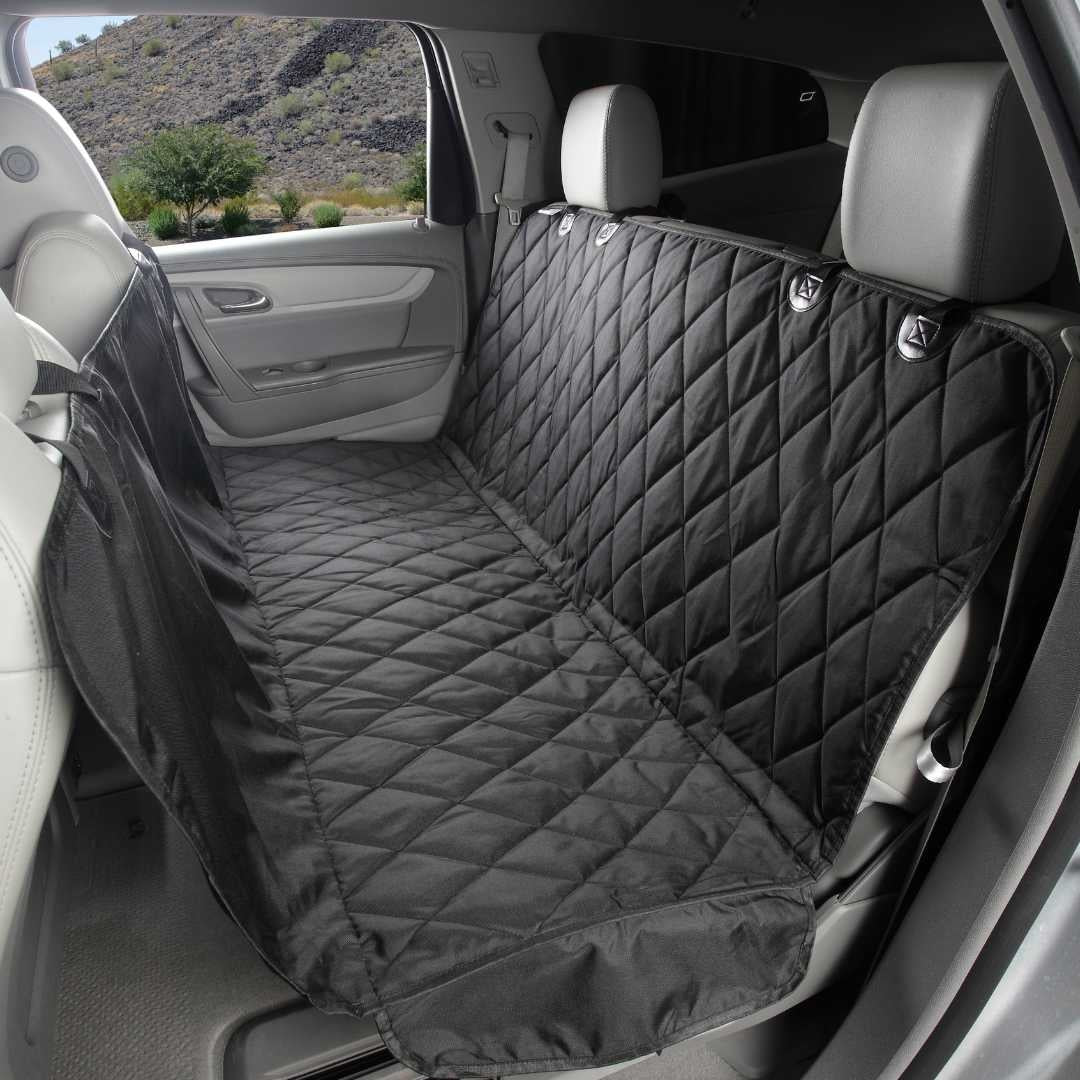The Science Behind Why Dogs Stare At Us
By Melisa Monroe

Have you ever looked up to someone...like really really looked up to them? Do you wonder if anyone looks up to you with similar adoration?
If you own a dog, you're probably used to being looked up to literally and metaphorically. But why do our dogs stare at us with such admiration? Though we've done many things to deserve it, is there more to this longing gaze?
Every dog owner is familiar with the eyes of their fluffs constantly staring at them. Picture yourself walking around your living room, wondering where to put the odd-looking souvenir your sister-in-law gifted you from Waikiki. Then, you notice your dog's eyes following you from one side to the other with complete and utter admiration.
Love it or hate it, there may be more to this perpetual staring contest than meets the eye. Canine psychologists have recently discovered a few things that make our dogs tick.
How dogs became our best friends
Our dog's gaze tells a profound story of the evolution of our age-old relationship with them.
As humans transitioned from nomad hunter-gatherers to sedentary farmers, settling into the first precarious villages, surrounding groups of wolves would gather around.
Being quite messy herds of people as we are today, we would leave scraps of food around that wolves would, in turn, scavenge.
At first, wolves were naturally timid around human settlers, but this caused them to waste energy running away every time they would see a human. Confident, less fearful wolves had better chances at survival as they had better access to human leftovers.
A new group of wolves began evolving by natural selection: smaller wolves who required less food and were much more tolerant to humans.
A stare worth a thousand words
In the animal world, a stare is worth a thousand words. A gaze is a sign of threat for most animals, such as wolves. But, as dogs have evolved by our side, becoming our best friends, their stare has become a sophisticated means of interspecies communication.
In the earliest days of the human-dog partnership, communication was a manner of survival. As dogs increasingly relied on us for their fundamental canine needs, they learned to observe and interpret our behaviors.
Dogs crave our acceptance
Being able to distinguish our expressions, a possible reason why they gaze at us is that they are trying to figure out how to behave to please us best. Dogs want to fit in around us. They crave acceptance and their owners are the leaders of the pack.
"Should I be cute now? Should I be quiet? Should I be excited?" could be thoughts going through our dog's minds as they gaze at us. The moments they are happiest are when they're by our sides, so our dogs want to prolong them as much as they can by staying on their best behavior (good boys and girls!).
Dogs stare at us looking for cues
Dogs like knowing what’s happening and often wait for the significant events that make up their day (food time, playtime, walks). Our faces are their primary source of information about when those things will happen.
Columbian Professor of canine cognition Alexandra Horowitz has delved deeply into this subject manner, noting that we’re in control of when they eat, when they defecate, and when they can “go outside and sniff the world around them”. But, she says, this goes even deeper, as it’s linked to a bond of intimacy that has developed between our furry companions and us.
Dogs are trying to figure us out
A recent study published in 2015 by Corsin A. Muller and his colleagues at the University of Veterinary Medicine (Vienna) recently revealed that dogs do, indeed, distinguish our emotions.
This study aimed at determining if dogs could tell the difference between a happy and an angry face simply from the information they received from an owner's face.
Their findings were astonishing—dogs do actually get us.
Dogs have so fine-tuned their ability to read into us that they can distinguish their owner's expressions even by looking at images.
Another interesting study was done where pet dogs were shown images of happy and angry faces on a computer screen. They would get a treat when they would approach and nose-touch an image on the screen.
Researchers found that when seeing an angry face, the dogs would be reluctant to approach the image, despite the promised treat.
Our dogs crave our intimacy
Through their careful study of our behavior, dogs have discovered that humans gaze at each other as a sign of intimacy and friendliness. What our dogs want the most in the world is to be a part of our families. So, they imitate this behavior to be a part of the clan (aww).
Dogs love us
People often wonder if their dogs love them or are simply in it for the food. However, in a recent study done in 2022, scientists have proved that dogs do, in fact, love us. The study was published by Peer J Life and Environment and aimed at discovering if dogs would prefer their owners to food.
In this study, after the dog's owner arrived home, a bowl of food was placed in a small circle about 2 meters from the door, as the owner stood at another circle that was 2 meters from the door at an opposite angle.
The dogs chose their owner eight out of 10 times!
Conclusion
When we feel nobody gets us like our dogs, it's because it's likely to be true: our dogs can recognize our emotions just as our expressions begin to break into our faces. When your dog approaches you and places their paw on your lap after you've had a after you've had a tough day at work, their gesture is sincere, and your well-being is essential to them.


